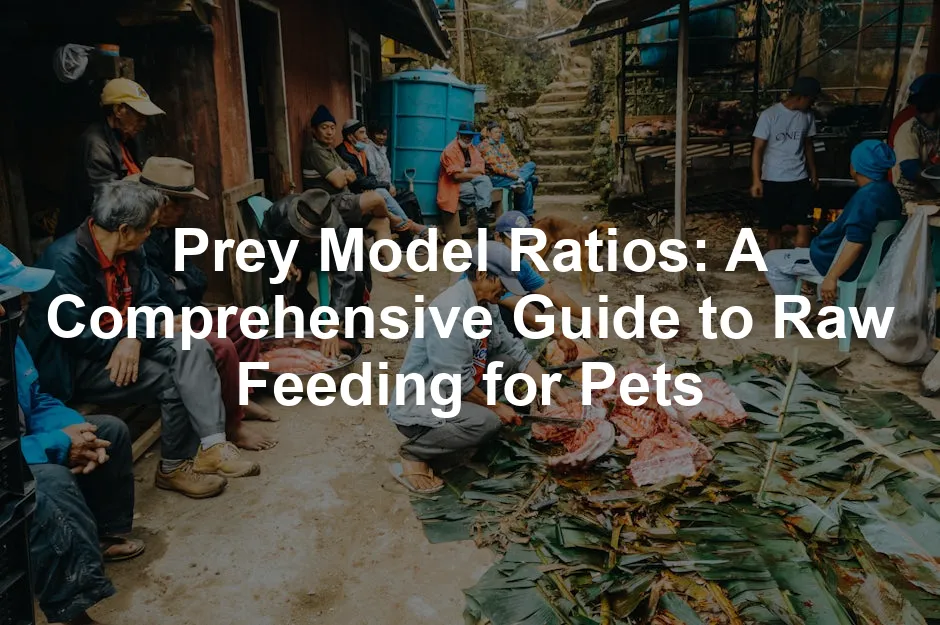Introduction
Are you considering a raw diet for your furry friend? The prey model raw (PMR) diet might be the answer. This approach mimics the natural eating habits of carnivorous pets. Understanding the specific ratios in PMR is crucial for your pet’s health.
In this guide, we’ll cover the benefits of a PMR diet, the common challenges, and the importance of getting the ratios right. Let’s jump in!

Summary and Overview
The prey model diet is becoming increasingly popular among pet owners. Many opt for PMR to provide their pets with a diet closer to their ancestral roots. The fundamental idea is to replicate the proportions of muscle meat, organs, and bones found in natural prey.
For dogs, the typical ratio is 80% muscle meat, 10% bones, and 10% organs. However, cats may require adjusted ratios due to their unique dietary needs. Nutritional balance is key in PMR feeding to promote optimal health.
Common misconceptions exist about raw feeding. Some believe it’s easy to achieve nutritional balance without professional guidance. However, consulting with a veterinarian is advisable to ensure your pet receives all essential nutrients. You can also refer to a comprehensive Raw Dog Food Recipe Book for detailed recipes and guidelines.

What is the Prey Model Raw Diet?
The prey model raw diet is designed to mimic the natural diet of wild canines and felines. Its origins trace back to the early 2000s, inspired by the work of Dr. Tom Lonsdale. The concept emphasizes feeding whole prey or a mixture of animal parts, excluding plant ingredients.
The primary principle of the PMR diet is to provide a balanced intake of muscle meat, bones, and organs. A common ratio is 80/10/10. This means 80% of the diet should consist of muscle meat, 10% from raw meaty bones, and 10% from organ meats, which includes 5% liver and 5% from other organs.
Understanding these ratios is essential for ensuring your pet receives necessary vitamins and minerals. And to make sure you have the right tools for measuring and managing raw food portions, consider investing in a Dog Food Scoop.

Key Components of the PMR Diet
Three main components make up the PMR diet: muscular meat, bones, and organ meat.
Muscular meat provides essential protein, while bones supply calcium and phosphorus. Organ meat, particularly liver, is vital for fat-soluble vitamins like A and D.
For puppies and growing cats, the ratios may vary slightly. Puppies may require more muscle meat, while kittens might benefit from different proportions of organ meats. Knowing these distinctions can help you better meet your pet’s dietary needs.
Statistics suggest that many pets do not receive adequate nutrition from commercial diets. This is where PMR can shine, offering a more natural and diverse nutrient profile. To help your pets transition smoothly, consider using a Dog Training Clicker to reinforce positive behaviors during the feeding process.

By understanding these key components and ratios, you can create a more effective feeding plan for your pets, ensuring they live healthy, happy lives.
Nutritional Benefits of Prey Model Ratios
Switching to a prey model raw (PMR) diet can significantly enhance your pet’s health. This diet mimics the natural diets of carnivorous animals. As a result, pets often experience a variety of health improvements.
One key benefit of PMR diets is improved coat quality. Many pet owners report shinier, healthier fur after switching to raw feeding. This change is largely due to the increased intake of essential fatty acids found in raw meats. A well-balanced PMR diet provides these nutrients without the fillers found in commercial pet food. If you’re looking for a great supplement for your pup’s coat, check out these Organic Dog Treats that are packed with natural ingredients for a shiny coat.

Dental health also sees a boost with PMR diets. Chewing on raw bones can help reduce plaque and tartar buildup. This natural method promotes healthier gums and fresher breath. It’s a win-win, as your pet gets to satisfy their chewing instincts while enhancing their dental hygiene. Consider incorporating Dog Chew Toys to keep your pet engaged and their teeth clean!
However, it’s essential to be aware of potential nutritional deficiencies. While PMR diets offer many benefits, they may lack specific vitamins and minerals. For instance, vitamins E and D are often underrepresented. Ensuring a diverse protein source helps address these gaps. By incorporating different meats, you can provide a more comprehensive nutrient profile for your furry friend.
To learn more about the importance of diverse protein sources in your pet’s diet, check out this guide on raw diet protein sources.
Common Nutritional Gaps in PMR Diets
While PMR diets have numerous advantages, they can also present some challenges. One major concern is the risk of nutritional deficiencies. Vitamins E and D are often found in insufficient amounts. These vitamins are crucial for your pet’s overall health. A lack of vitamin E can lead to muscle weakness, while a deficiency in vitamin D can cause bone problems.
Another area of concern is the variety of protein sources. Pets thrive on a range of proteins to ensure a balanced intake of nutrients. Relying on just one type of meat may lead to imbalances. To combat potential deficiencies, consider supplementation. Adding specific vitamins or minerals can help fill any gaps your pet’s diet may have. A handy Pet First Aid Kit can also be a lifesaver in emergencies!

Statistics indicate that many raw diets fall short in certain nutrients. For example, studies show significant percentages of pets on PMR diets lack essential vitamins. To avoid these issues, it’s wise to consult with a veterinarian. They can provide recommendations tailored to your pet’s specific needs.
Transitioning to a PMR Diet
Transitioning your pet to a PMR diet requires a thoughtful approach. Start by introducing raw food gradually. This helps your pet adjust to the new diet without digestive issues. A sudden change can lead to stomach upset or refusal to eat.
Begin with small portions of raw meat, gradually increasing the amount. Monitor your pet’s health closely during this transition. Keep an eye on their energy levels and digestion. If any issues arise, adjust the amounts or types of food accordingly.
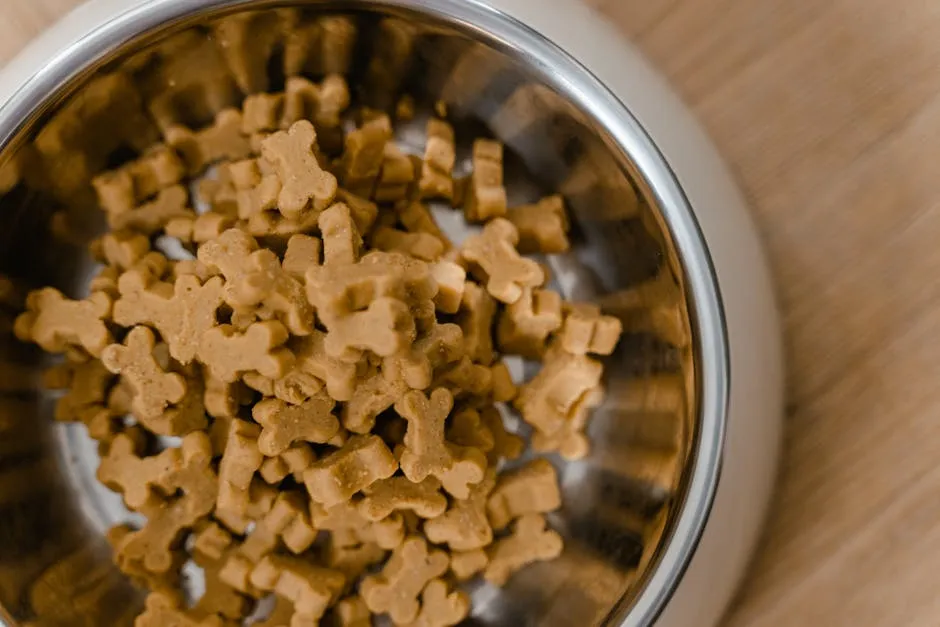
Consulting with a veterinarian before making changes is crucial. They can guide you through the transition process. A vet can also help monitor your pet’s health, ensuring they’re getting the nutrients they need. Don’t forget to invest in a good Pet Travel Carrier for those vet visits!
Remember, patience is key during this transition. Your pet may take time to accept their new diet. With careful planning and monitoring, you can successfully switch to a PMR diet. This change can lead to improved health and vitality for your beloved companion.
Common Challenges in Transitioning
Transitioning your pet to a prey model raw (PMR) diet can be tough. Some pets may face digestive issues during this process. You might notice symptoms like diarrhea, gas, or upset stomach. These can occur as their bodies adjust to raw food. Detox symptoms might also arise. Pets may experience increased thirst or mild lethargy.
To ease this transition, introduce raw food gradually. Start by mixing a small amount with their regular food. This slow introduction can minimize digestive upset. Monitoring their response is key. If you notice any adverse reactions, consider reducing the raw portion.
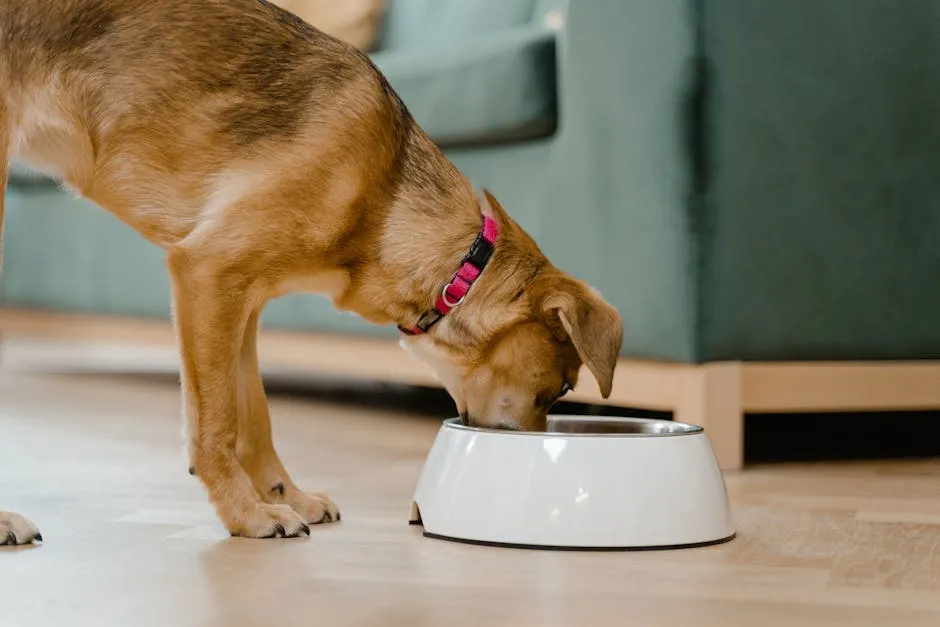
Picky eaters can add to the challenge. Some pets resist raw food due to unfamiliar textures or smells. To entice them, try offering different protein sources. Chicken, beef, or turkey might spark their interest. You can also warm the food slightly to enhance the aroma. And speaking of enticing smells, don’t forget to keep your home fresh with a Pet Odor Eliminator Spray to combat any lingering smells!
Statistics suggest that up to 80% of pets successfully transition to a PMR diet. This success often hinges on the owner’s approach and the pet’s individual preferences. With time and a little creativity, most pets can adapt beautifully to their new diet.
Frankenprey: An Alternative Approach
Frankenprey refers to a flexible feeding approach using various protein sources. Unlike traditional PMR, which follows strict ratios, Frankenprey allows for creativity. This method involves combining multiple types of meat in meals.

Frankenprey offers several benefits. First, it introduces a wider protein variety. This variety helps ensure a more balanced nutrient intake. Different meats provide unique vitamins and minerals. For example, including fish can boost omega-3 fatty acids. If you want to dive deeper into raw feeding, a detailed Raw Feeding Guide for Dogs can provide you with essential insights.
Another advantage is meal planning flexibility. Pet owners can mix and match proteins based on availability. If chicken is running low, swap in some beef. This makes it easier to maintain a balanced diet without stress.
Ultimately, Frankenprey can make raw feeding more accessible. It encourages experimentation while still aligning with your pet’s natural diet.
Safety and Considerations in Raw Feeding
When feeding raw, food safety is paramount. Handling raw meat requires careful attention to hygiene. Always wash your hands and surfaces after contact with raw food. Use separate cutting boards to prevent cross-contamination.
Pathogen risks are a common concern. Bacteria like Salmonella or E. coli can be present in raw meat. To mitigate these risks, source high-quality meat from reliable suppliers. Additionally, always freeze meat for at least three days before feeding. This can help kill off potential parasites.
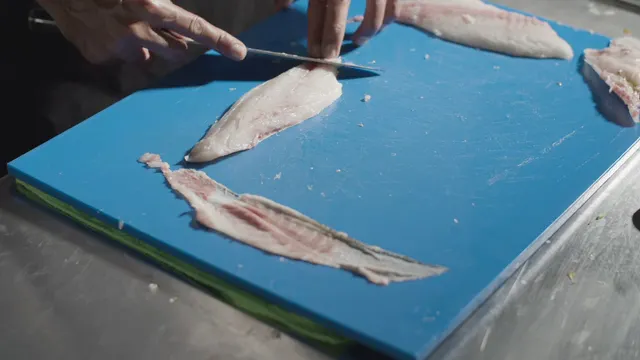
Proper food storage is crucial as well. Keep raw meat in the refrigerator and use it within a few days. If you have leftovers, store them in airtight containers. A good rule is to consume or freeze any raw meat after three days. To keep your pet’s food fresh, consider a Pet Food Storage Container that seals in freshness!
By following these safety measures, you can confidently provide a raw diet for your pet. This ensures they get all the benefits of a PMR diet without unnecessary risks.
Conclusion
Understanding prey model ratios is crucial for your pet’s health. These ratios ensure your furry friend gets balanced nutrition. A well-structured PMR diet can lead to improved overall well-being.
When considering a PMR diet, think about your pet’s specific needs. Each pet is unique and may have different dietary requirements. Monitoring their health and adjusting their diet accordingly is essential.
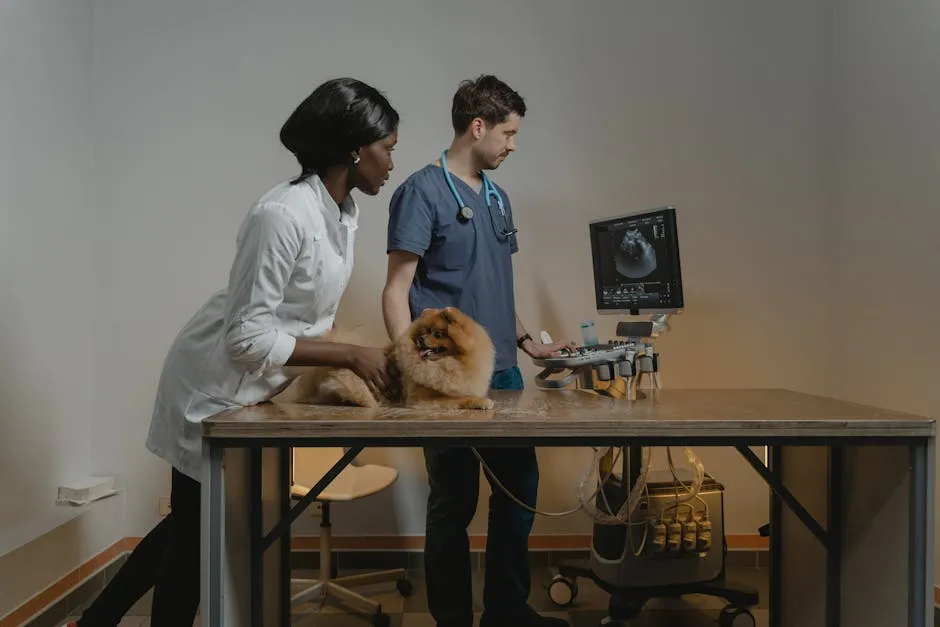
Consulting with professionals can make the transition smoother. Veterinarians or pet nutritionists can provide personalized guidance. They can help you create a balanced feeding plan that meets your pet’s unique needs. You might also want to invest in a Pet Water Fountain to ensure your pet stays hydrated!
FAQs
What are the ideal prey model ratios for dogs and cats?
For dogs, the common ratio is 80% muscle meat, 10% bones, and 10% organs. For cats, a typical ratio is around 84% muscle meat, 6% bones, and 10% organs. Adjustments may be needed based on individual health and dietary needs.
Can I add vegetables or grains to a PMR diet?
The PMR philosophy emphasizes animal-based ingredients. Including vegetables or grains could disrupt the nutritional balance. Cats and dogs do not require plant-based ingredients, as their digestive systems are designed for raw meat.
What should I do if my pet refuses to eat raw food?
Start by introducing raw food gradually. Mix a small amount with their current food to ease the transition. You can try different protein sources to find what they like best. Warm the food slightly to enhance the aroma and encourage them to eat.
Is a PMR diet suitable for puppies?
Absolutely! A PMR diet can be beneficial for growing puppies. However, their nutritional needs differ from adult dogs. Puppies require higher protein levels and specific nutrient ratios to support their growth. For puppies, the recommended ratios shift slightly. A typical PMR for puppies is around 64-69% muscle meat, 17% raw edible bones, and 14% organ meats. This ensures they get enough calcium and phosphorus for bone development. Additionally, the liver and other organs are crucial for providing essential vitamins. Feeding a diet tailored to puppies helps meet their unique needs. Their bodies are growing rapidly, so it’s essential to provide the right nutrients. Always monitor their growth and adjust their diet as needed.
How can I ensure my pet’s PMR diet is nutritionally complete?
To ensure your pet’s PMR diet is nutritionally complete, variety is key. A diverse range of meats, organs, and bones is crucial for balanced nutrition. Each type of protein provides different nutrients. Consider rotating different protein sources regularly. For example, incorporate chicken, beef, lamb, and fish into their meals. This helps cover any potential deficiencies. Consulting with a veterinary nutritionist is also a wise step. They can help you design a balanced PMR diet tailored to your pet’s specific needs. They can suggest necessary supplements to fill any gaps in nutrition. By paying attention to variety and seeking professional guidance, you can create a healthy and complete PMR diet for your furry friend.
Are there specific brands of raw food that follow prey model ratios?
Yes, several brands offer raw food diets that adhere to prey model ratios. These brands formulate their products to provide balanced nutrition for pets. One popular choice is K9 Natural. They offer raw meals rich in muscle meat, bones, and organs. Another excellent option is Ziwi Peak, which provides high-quality air-dried raw food. Their products are designed to meet the nutritional needs of both dogs and cats. Instinct Raw also has a range of raw food options that follow PMR guidelines. These brands focus on sourcing high-quality ingredients to support your pet’s health. When choosing a raw food diet, look for AAFCO-approved products to ensure they meet nutritional standards.
What are the potential health benefits of switching to a PMR diet?
Switching to a PMR diet can lead to numerous health benefits for your pet. Many pet owners report improvements in coat quality. A shiny, healthy coat often results from increased essential fatty acids in raw meat. Another significant benefit is dental health. Chewing raw bones helps reduce plaque and tartar buildup, promoting healthier gums. Plus, pets enjoy the natural chewing experience, satisfying their instincts. Pet owners commonly see increased energy levels after transitioning. Many pets become more active and playful, reflecting the diet’s nutritional adequacy. Finally, a PMR diet can lead to better digestion. Raw feeding often results in smaller, firmer stools. This indicates better nutrient absorption and fewer digestive issues. Overall, the potential health benefits of a PMR diet often lead to happier, healthier pets.
Please let us know what you think about our content by leaving a comment down below!
Thank you for reading till here 🙂
All images from Pexels

